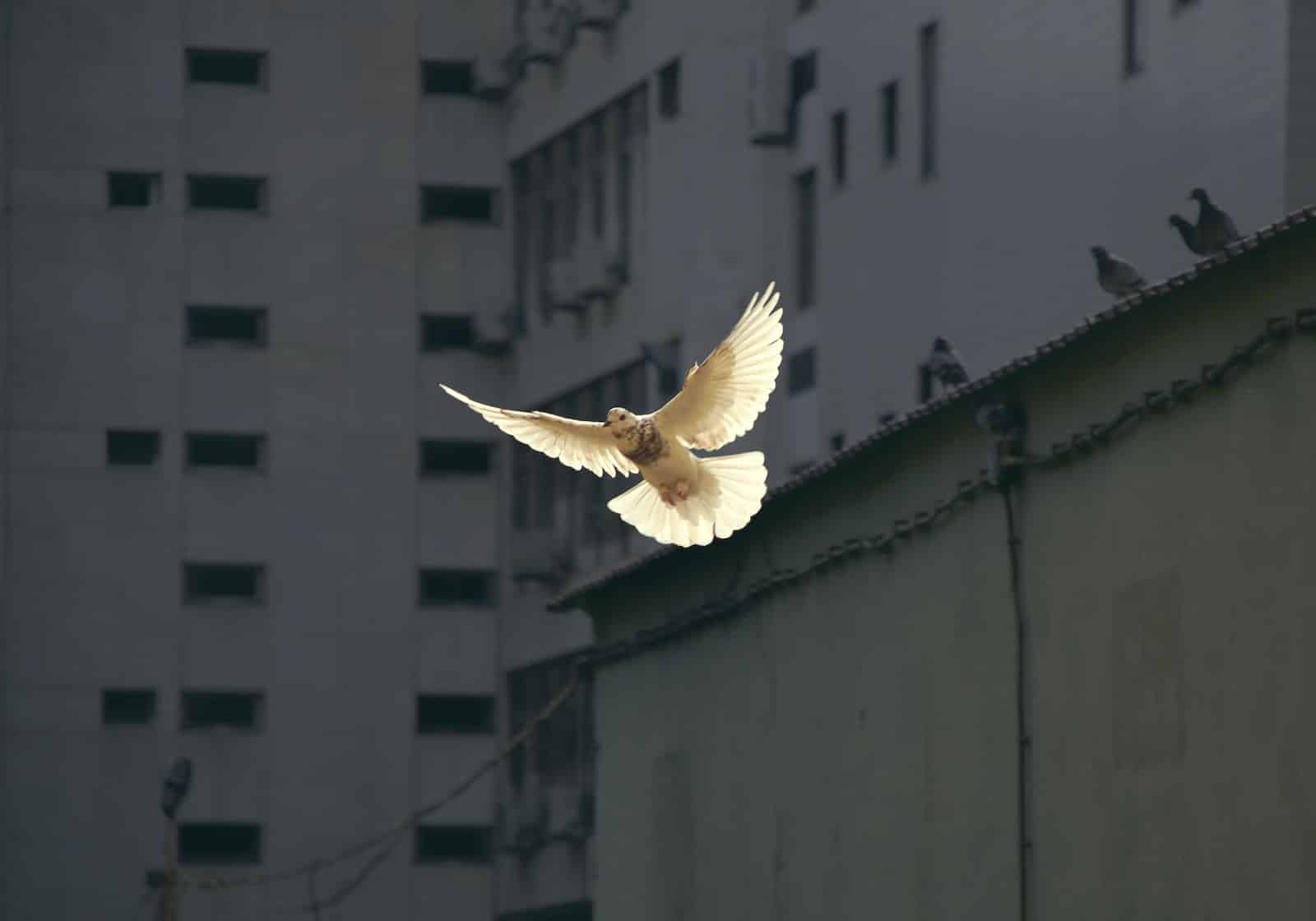When you think about space travel, there is a good chance the first thing that comes to mind is SpaceX. Specifically, you are probably thinking about their goal of reducing the cost of space transportation to colonize Mars.
For most people, the mission to colonize Mars sounds like a sci-fi pipedream straight out of Star Trek and Mass Effect. However, SpaceX’s recent efforts to build the most powerful and reusable rocket may soon turn that pipedream into reality.
If their Starship launch in December 2022 is a success, their progress will look hopeful. If things go according to SpaceX’s plans, humanity stands to build a new life on the red planet within this century.
However, that also begs the question: how would the average person fare during space flight? Specifically, how does space flight affect the human body during sleep? This article will cover the basics of sleep stages and how they change for astronauts during their missions.
The Stages of Sleep Explained
Before delving into how astronauts sleep during their missions, one must first understand how humans sleep on Earth. Sleep is as crucial to a person’s health as exercise and food. Fatigue can deeply impair a person’s judgment and physical functions.
Centers for Disease Control and Prevention studies state that the average adult needs about seven hours or more sleep per day. While the human body sleeps, it goes through four stages, each of which has a specific purpose. These four stages are Stage 1 (N1), Stage 2 (N2), Stage 3 (N3), and Stage 4 or REM sleep.
Stage 1 or N1
Also known as the “dozing off” stage, stage 1 typically lasts about one to five minutes. Although the brain and body activity slows down with some twitching, the body has not completely relaxed yet.
Light changes in the brain’s activity occur during stage 1, which is associated with falling asleep. It is easy to wake someone up during this stage. However, if the person is left undisturbed, they move on to Stage 2 quickly.
Stage 2 or N2
During stage 2, the body experiences a drop in temperature, relaxed muscles, and slowed heart rate and breathing. Essentially, this stage is when the body is in a more subdued state.
Additionally, eye movement halts and the brain waves exhibit a new pattern. While the brain’s activity slows down, there are still minuscule bursts of activity called sleep spindles. These bursts of activity help a person resist waking up from disturbances of external stimuli during stage 2.
The duration of stage 2 varies from ten to twenty-five minutes after entering the first sleep cycle. Each stage 2 can grow long during the night. In total, the average person spends about half their time asleep in stage 2.
Stage 3 or N3
Stage 3, also called deep sleep, is the sleep stage from which people are significantly more difficult to wake. During stage 3, a person’s pulse, breathing rate, and muscle tone decrease as their body relaxes further.
Brain activity during this stage has a specific pattern referred to as delta waves. That is why some refer to stage 3 as slow-wave sleep (SWS) or delta sleep.
Most experts firmly believe that stage 3 is the most crucial in restorative sleep. That is because delta sleep enables the body to grow and recover. Stage 3 may also boost a person’s critical bodily processes and immune system.
Despite the reduced brain activity, studies suggest there is a link between deep sleep and creativity, memory, and insightful thinking.
Stage 4 or REM sleep
REM in sleep is the abbreviation of rapid eye movement. During stage 4 or REM sleep, brain activity increases close to the same levels as when the person is awake. Additionally, the body experiences temporary muscle paralysis with the exception of the muscles that control breathing and the eyes.
Despite the eyes being closed, you can actually see them moving rapidly through the lids. That is how REM sleep got its name.
Many believe that REM sleep is critical to cognitive functions such as creativity, learning, and memory. REM sleep is when the most vivid dreams happen, which explains the significant spike in brain activity.
Dreams are not exclusive to REM sleep, as they can occur in other sleep stages. However, they are not as intense or common in the other stages. Typically, people do not experience REM sleep until they have been asleep for at least ninety minutes.
How Astronauts Sleep and Age in Space
Biologically speaking, aging is the result of the accumulation of varieties of cellular and molecular damage over time. Studies suggest that adequate and quality sleep can help slow the aging process while making a person healthier.
A study by Kuniaki Otsuka revealed that sleep quality for astronauts improved while on the International Space Station (ISS). The test Otsuka and his team ran based on a ten-point scale provided higher scores for undisturbed sleep. Upon close examination, their sleep patterns increased by two points on the ISS compared to their results while on Earth.
Sleep Well and Age Slow in Space
While space travel does have certain drawbacks, like space radiation and feelings of isolation, the benefits are also considerable. For one, it provides the opportunity of being one of the first colonists of Mars. For another, the estimated seven-month voyage to Mars may leave you looking younger and healthier than ever.












